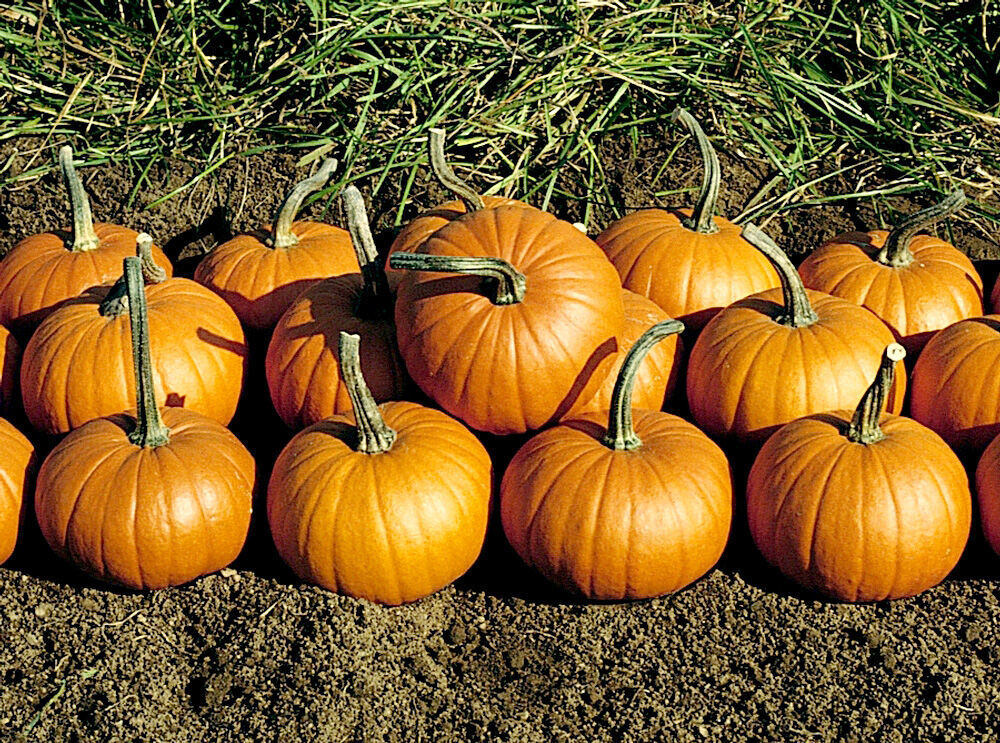“This fall, millions of Americans will make an annual pilgrimage to a retail outlet to purchase a vegetable they, unfortunately, are unlikely to eat,” said University of Missouri Extension horticulturist David Trinklein.
In the United States, this colorful member of the gourd family sells mainly for decoration. But this verse from about 1630 suggests that American colonists relied heavily on pumpkin for food:
For pottage and puddings and custard and pies,
Our pumpkins and parsnips are common supplies:
We have pumpkins at morning and pumpkins at noon,
If it were not for pumpkins, we should be undoon.
One way American colonists prepared pumpkins was to remove the seeds, fill the inside with milk, spices and honey, and bake the pumpkin in hot ashes, Trinklein said.
Today, consumer demand drives plant breeders to focus on ornamental appeal rather than table quality. Modern pumpkins mature into a deep orange color much earlier, and most varieties now bear a large stem that can serve as a convenient handle. Another new development is pumpkins with rinds covered with warts, which can make jack-o’-lanterns look more ghoulish.
When selecting a pumpkin for fall decoration, use the “thumbnail test” to make sure it’s fully mature. If you can pierce the rind with your thumbnail, the pumpkin will not store well.
Pumpkin is high in beta carotene, a red-orange pigment that the body converts into vitamin A. It is also a good source of dietary fiber. The spices used in pumpkin pie have health benefits of their own. “Not many people could tolerate taking allspice directly to benefit from its antioxidant, anti-inflammatory and stomach-calming properties,” Trinklein said. “However, consumed in a piece of pumpkin pie, it tastes rather delightful.”
Trinklein offers some “pun”-kin trivia for those who “orange” ready for pumpkin season yet:
• Pumpkins have grown in North America for more than 5,000 years.
• Morton, Illinois, the self-proclaimed “Pumpkin Capital of the World,” hosts an annual Punkin Chuckin’ Contest in which competitors use elaborate mechanical devices to lob pumpkins across great distances.
• According to Guinness World Records, the heaviest pumpkin ever grown weighed 2,624 pounds, more than some subcompact cars. The gargantuan gourd was grown in 2016 by Mathias Willemijns of Belgium.
• Guinness World Records gives the title of largest pumpkin pie to a confection made in 2010 at the New Bremen Pumpkinfest in Ohio. The pie weighed 3,699 pounds and measured 20 feet in diameter.
• At the first Thanksgiving in 1621, the Pilgrims probably did not serve pumpkin pie. Instead, they made pumpkin stew.



